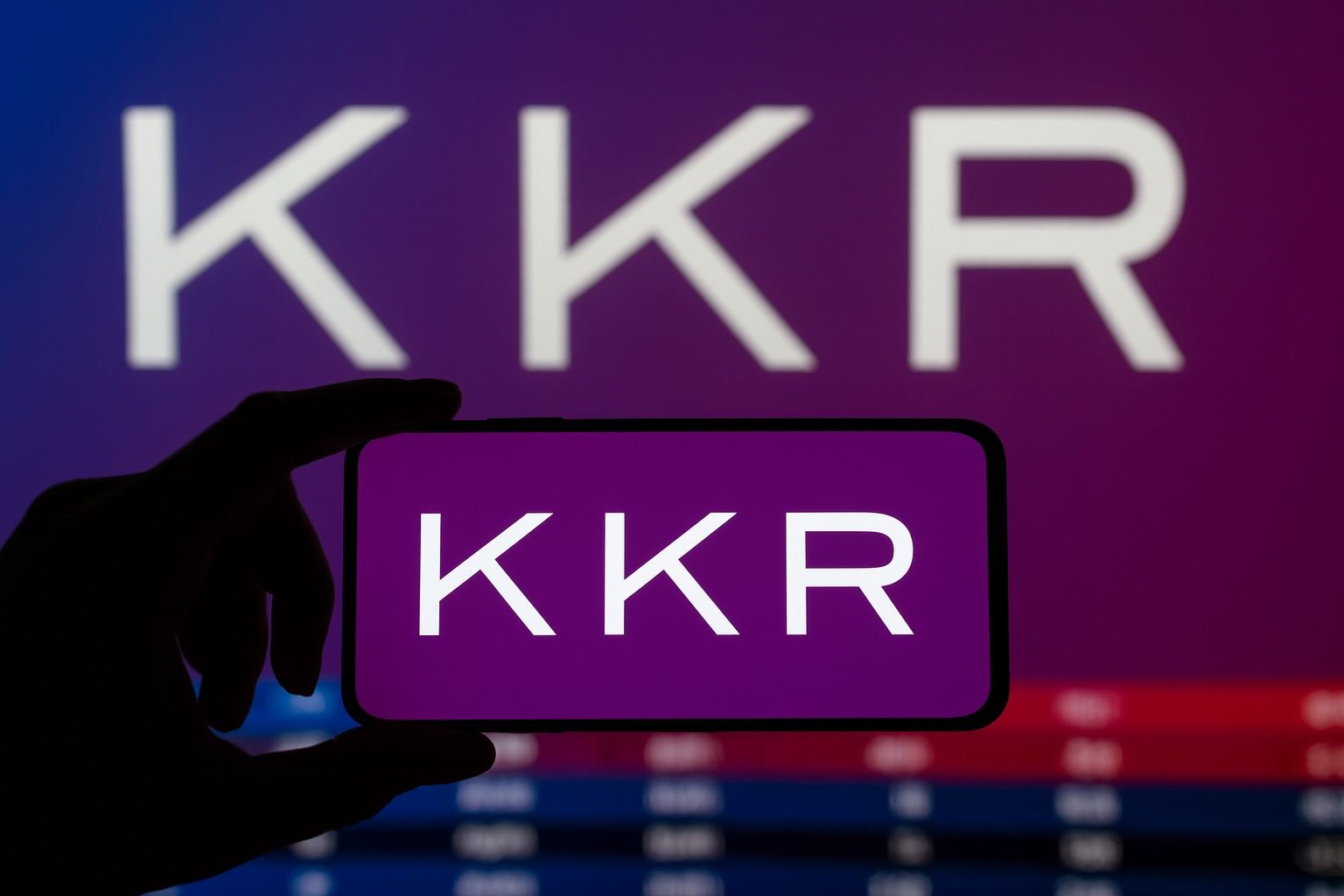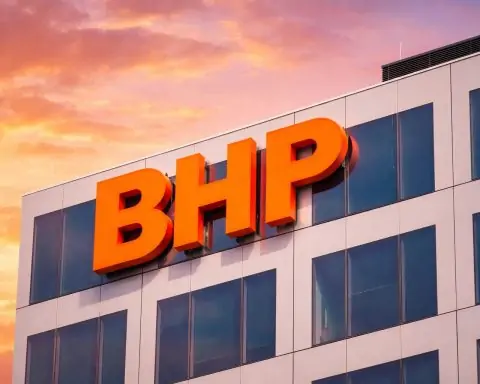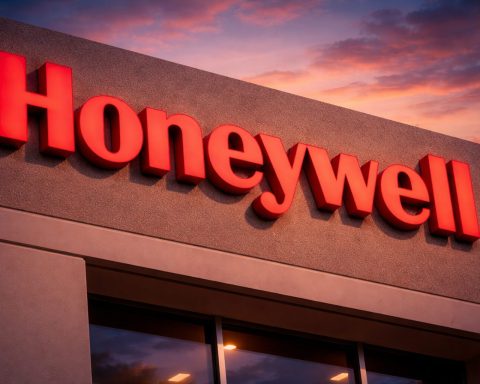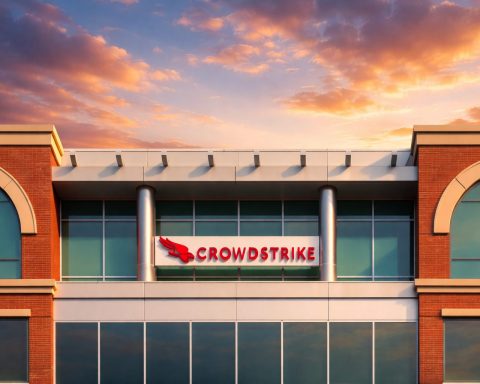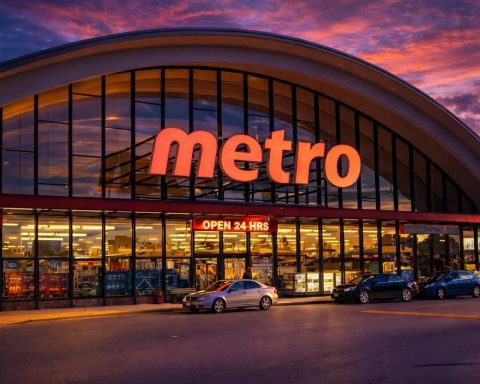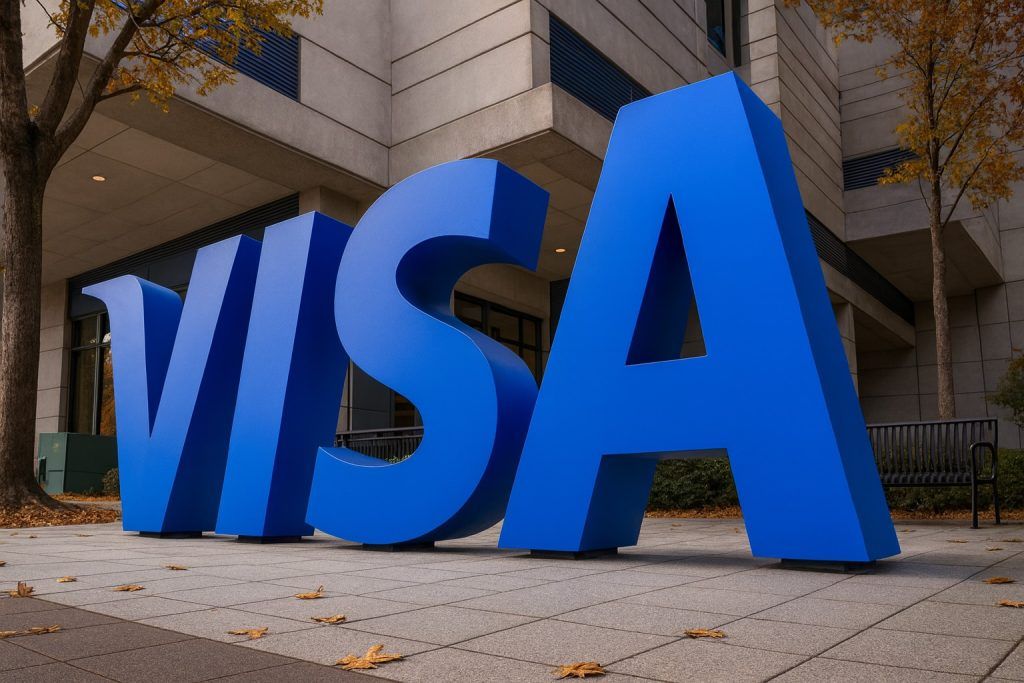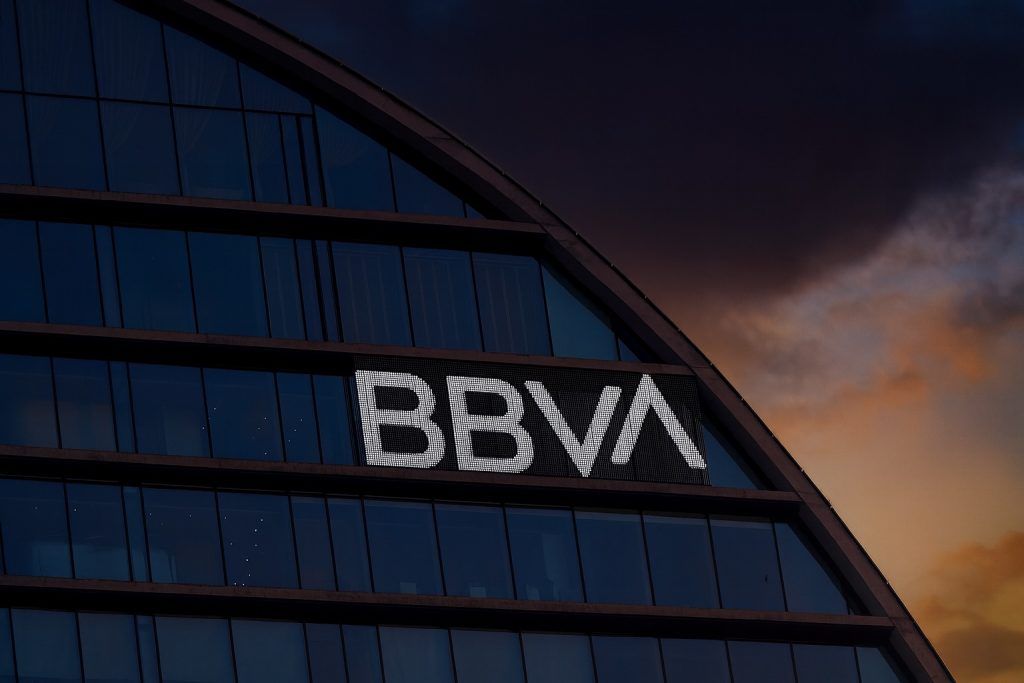- Steep Slide: KKR & Co. Inc. (NYSE: KKR) shares fell around 6.8% on October 16, 2025, trading near $116 by the close [1]. The stock is down roughly 14% year-to-date, underperforming the broader financial sector (which is up ~12% YTD) [2]. KKR now sits over 30% below its 52-week high of $170.40 [3].
- Earnings on Deck: KKR is slated to report Q3 2025 earnings on October 23. Analysts predict earnings of about $1.33 per share on $2.05 billion in revenue [4]. Last quarter, KKR beat estimates with $1.18 EPS (vs. $1.14 expected) on $1.86 billion revenue [5]. The firm recently hiked its quarterly dividend ~6% to $0.185 per share (annualized $0.74, yield ~0.6%) [6], marking its sixth consecutive year of dividend increases [7] [8].
- Active Deal Moves: KKR remains active on the global deal front. It finalized a €19 billion (~$22 billion) purchase of Telecom Italia’s landline network (FiberCop) alongside Italy’s government last year [9]. This week, however, Italian officials are pushing KKR to merge that network with rival Open Fiber – a proposal KKR is resisting [10] [11]. In Asia, KKR in September acquired Japan’s Hoken Minaoshi Hompo Group, a major insurance distribution company, expanding its footprint in the insurance sector [12]. KKR is also reportedly exploring a $7 billion sale of its stake in Canada’s Pembina Gas Infrastructure, trimming its portfolio exposure in energy midstream assets [13].
- Insider & Leadership Moves: Co-founder and Executive Chairman George R. Roberts trimmed his holdings over the summer, selling ~810,000 KKR shares at an average ~$144 for proceeds of $116.8 million [14] [15]. This insider sale modestly reduced his stake (by about 0.99%) but left Roberts still holding over 81 million shares. KKR’s top leadership is now in the hands of co-CEOs Joe Bae and Scott Nuttall (appointed by founders Roberts and Henry Kravis in a planned succession), and the firm continues to invest heavily in growth initiatives despite recent market headwinds.
- Analyst Outlook: Wall Street maintains a cautiously optimistic view. KKR carries a consensus “Moderate Buy” rating, with 12 out of 18 analysts rating it Buy or better [16]. The average 1-year price target is $156.20 [17] – roughly 30% above the current stock price, signaling potential upside. Some analysts even argue KKR is significantly undervalued: one valuation narrative pegs fair value around $160.59 per share, well above recent levels [18]. “Strong and accelerating fundraising momentum across asset classes, especially with institutional investors and the fast-growing private wealth segment, are expanding fee-paying AUM and supporting double-digit management fee growth,” one analysis noted, suggesting such trends could boost future revenue and earnings [19]. However, not all are bullish – at least one ratings firm recently downgraded KKR to a sell amid concerns over its rich valuation [20].
Stock Price Stumbles as Market Volatility Bites
KKR’s stock has been on a bumpy ride in recent weeks. On October 16, the private equity giant’s shares plunged nearly 7% intraday, closing around $116 [21]. That marks a sharp one-day drop amid broader market volatility, as investors have been rotating out of higher-valuation financial stocks in the face of rising interest rates. The latest slide extends a downward trend: KKR is now down about 14% year-to-date [22] and roughly 16% lower over the past month [23]. By comparison, the S&P 500 is up modestly YTD, and even the financial sector index is up around 12% this year [24], underscoring KKR’s recent underperformance.
Despite the pullback, long-term holders have still seen strong gains – KKR stock had delivered a +179% total return over the past 3 years and +251% over 5 years as of this month [25]. But from its lofty 52-week high of ~$170 reached earlier in 2025, KKR has tumbled over 30% [26], reflecting both profit-taking and tempered sentiment toward the alternative asset management sector. The shares currently trade closer to the 52-week low of $86.15 than to the highs [27], indicating a cautious mood among investors.
Market observers note that KKR’s valuation had become stretched after a multi-year run-up. At current prices, KKR still trades around 55–60 times trailing earnings, far above the industry average (~25x) and even its closest peers (~41x) [28]. This premium reflects high growth expectations for KKR’s diverse businesses, but it also leaves the stock vulnerable if results falter. The recent sell-off in KKR and other private equity stocks may partly reflect these valuation concerns, as well as general macroeconomic jitters. “The market is demanding a big growth premium for KKR, which could leave less room for upside if expectations are not met,” the Simply Wall St analysis cautioned regarding KKR’s elevated P/E ratio [29]. In other words, the bar is set high, and any disappointment – whether in earnings, asset values, or fundraising – could pressure the stock further in the short term.
Earnings Report on Tap: What to Watch
All eyes are now on KKR’s upcoming Q3 2025 earnings, due before the market opens on Thursday, October 23rd. Analysts expect solid results despite recent market turbulence. The consensus forecast calls for earnings of $1.33 per share on about $2.05 billion in revenue for the quarter [30]. If achieved, that would represent healthy growth from a year ago (KKR earned $1.09 in Q3 of 2024) [31]. It would also follow a stronger-than-expected Q2: in the previous quarter, KKR delivered $1.18 EPS, topping forecasts by ~$0.04, and $1.86 billion in revenue (beating the ~$1.81 billion expected) [32]. Robust fee-related earnings and asset sales helped drive those results.
Investors will be listening closely to management’s commentary on fee generation, asset sales, and investment performance. KKR’s business spans private equity, credit, real estate, infrastructure, and insurance – giving it diversified revenue streams but also exposure to global market swings. Notably, KKR’s fundraising momentum has been strong lately. The firm has raised sizable new funds across strategies, which boosts fee-paying Assets Under Management (AUM) and recurring management fees. This was highlighted by analysts as a key strength: KKR is seeing “accelerating fundraising momentum…expanding fee-paying AUM and supporting double-digit management fee growth” in its asset management franchise [33]. Any updates on recent fundraising (or any slowdown) will likely influence the stock’s outlook.
Another focus area is realized investment income – essentially, profits from selling portfolio companies or exiting deals. With equity markets volatile, some private equity firms have delayed exits, which can crimp near-term earnings. Investors will want to see if KKR has managed to monetize assets or if it signals any writedowns on holdings due to lower market valuations. The Global Atlantic insurance arm (acquired by KKR in 2021) is also an important earnings contributor through spread income; management’s guidance on the insurance segment’s growth and integration could be a talking point.
On the shareholder rewards front, KKR’s dividend policy has been steadily becoming more generous, albeit from a low base. In August, the firm paid a quarterly dividend of $0.185 per share, up from $0.18 previously [34]. That annualizes to $0.74, yielding only about 0.6% at the current stock price [35] – a relatively modest yield. By comparison, some rivals like Blackstone and Apollo yield between ~2% and 3% (reflecting their larger payout ratios). KKR’s dividend increase of ~5.7% this year continues its pattern of annual hikes since initiating dividends in 2018 [36]. The payout ratio remains low (around 34% of earnings) [37], suggesting KKR retains most of its earnings for reinvestment. Given the growth opportunities KKR is chasing, this conservative payout approach is unsurprising. Still, shareholders will welcome the steady uptick in dividends, and any commentary on capital return plans or potential buybacks during the earnings call could be a catalyst.
Deal Activity: Big Moves in Italy, Japan and Beyond
Even amid stock volatility, KKR has stayed busy with major strategic moves in recent weeks. Perhaps the biggest headline has been in Italy, where KKR is entangled in a high-stakes negotiation over the future of Telecom Italia’s network. Last year, KKR and Italy’s Treasury finalized a €19 billion deal to buy a controlling stake in FiberCop, the unit owning Telecom Italia’s nationwide landline grid [38]. The transaction provided debt-laden Telecom Italia with a much-needed €14 billion debt reduction [39], and brought KKR in as a key investor in Italy’s telecom infrastructure alongside the government.
However, as of mid-October 2025, tensions have flared between KKR and the Italian government over what comes next. Rome is pushing for a merger of FiberCop with Open Fiber, a smaller state-backed broadband network, to create a single national network [40]. KKR, which currently controls FiberCop, has been resisting the forced tie-up, reportedly frustrating Italian officials [41]. There are also disputes over plans to accelerate fiber-optic roll-out. The government, which holds a golden share, insists it can “overcome differences” with KKR, but negotiations appear delicate [42] [43]. KKR declined to comment publicly on the matter [44]. Investors will be watching how this standoff resolves, as it could impact KKR’s strategy (and returns) in a major European investment. A government-imposed merger might complicate KKR’s exit timeline or valuation for FiberCop. Conversely, a cooperative solution could affirm KKR’s role as a long-term strategic partner in Italy’s digital infrastructure.
In Asia, KKR is expanding its footprint. On September 16, 2025, the firm announced that funds managed by KKR acquired Hoken Minaoshi Hompo Group, a prominent insurance distributor in Japan [45]. Hoken Minaoshi Hompo, which operates ~350 insurance shops across Japan, was purchased from private equity seller Advantage Partners. This deal reflects KKR’s push into financial services and insurance distribution in Asia. KKR’s Asia-Pacific co-head Hiro Hirano lauded the acquisition, noting the target company’s strong position and KKR’s intention to support its next growth phase [46]. The move dovetails with KKR’s broader strategy of leveraging its Global Atlantic insurance capabilities and investments in distribution platforms. By owning a leading insurance broker network in Japan, KKR can tap into steady cash flows and potentially cross-sell products from its insurance portfolio. The Japan acquisition also underscores that KKR sees opportunity in Asia’s growing wealth and insurance markets, even as global deal-making has slowed in 2025.
Back in North America, KKR appears to be pruning some investments. Reuters reported that KKR is exploring the sale of its stake in Pembina Gas Infrastructure for around $7 billion [47]. Pembina Gas Infra is a Canadian midstream energy venture (formed with Pembina Pipeline Corp.), and KKR’s potential exit may indicate an opportunistic cash-out after holding the asset for a few years. If the sale goes through, it would rank among KKR’s larger asset disposals this year and could free up capital for new investments or shareholder returns. It also aligns with a trend of private equity firms monetizing infrastructure assets at high valuations. The timing makes sense: energy infrastructure has been in demand, and KKR could lock in gains to redeploy elsewhere.
Separately, KKR has been involved in numerous smaller deals and financings. For instance, KKR in October led a $320 million financing round for BOND, a fractional private jet company [48] – part of a trend of private equity interest in business aviation. KKR-backed companies are making moves too: CIRCOR International, a portfolio company KKR took private, recently acquired a product line from Flowserve to bolster its pumps business [49]. And just this week, KKR and partners got a green light from the EU for their $3.7 billion acquisition of music rights firm PRG [50]. These illustrate KKR’s wide-ranging deal activity across industries, even in a more cautious market environment.
Analyst Commentary and Market Forecast
Despite the recent turbulence, many analysts remain upbeat about KKR’s prospects, citing its strong franchise and growth trajectory. MarketBeat reports that KKR has a consensus “Moderate Buy” rating from 18 brokerages, with 12 Buys, 1 Strong Buy, 4 Holds, and 1 Sell [51]. The lone sell rating (from Weiss Ratings in October) reflects some dissent, but the majority view is positive. The average 12-month price target stands at ~$156, implying ~30% upside from current levels [52]. For context, KKR shares around $116 would need to rally substantially to hit that target – a rebound that likely hinges on market conditions improving and KKR delivering on growth expectations.
Bullish analysts argue that KKR’s recent pullback is overdone relative to its fundamentals. They point to the firm’s robust fundraising, diverse revenue streams, and track record of value creation. As mentioned, some valuation models suggest KKR is materially undervalued now. For example, Simply Wall St’s analysis (using a discounted cash flow and growth projection approach) estimates a fair value of about $160.59 per share for KKR, which is “substantially higher” than the recent trading price [53]. By that view, KKR could be over 20% undervalued, representing a potential bargain for long-term investors if the company’s growth story plays out.
One reason for optimism is KKR’s ambitious growth targets. The firm has publicly stated goals to reach $1 trillion in AUM by 2030 (up from ~$664 billion now) and to more than triple its annual adjusted net income per share to $15 in that timeframe [54] [55]. Achieving those targets would likely drive significant stock appreciation. So far, KKR is making progress: over the last year it grew AUM by 15% and LTM (last twelve months) adjusted net income by 37%, putting it “well on track” toward its goals if those growth rates persist [56]. Analysts who are bullish see KKR’s expansion into areas like retail wealth management, insurance, and credit as key engines that can sustain double-digit earnings growth.
That said, risks temper the outlook. KKR’s earnings are more volatile than traditional asset managers’, due to the ups and downs of investment income. High interest rates and slower economic growth could dampen private equity deal activity and portfolio valuations in the near term. It’s also worth noting that KKR’s stock, even after the drop, isn’t conventionally “cheap” on earnings multiples. Its forward P/E near 25 (based on expected earnings) is still above many peers [57], meaning the stock’s future gains rely on strong execution. If fundraising were to slow or if credit markets tighten, KKR’s fee growth and carried interest (profit-sharing on investments) could be impacted. For instance, HSBC Global cut its rating on KKR to Hold back in July, citing these potential headwinds and setting a $142 price target [58] – a target the stock has since fallen well below. And as noted, Weiss Ratings recently went further to a “sell” rating (D+) in early October [59], indicating at least one bearish viewpoint amid the optimism.
On balance, the market outlook for KKR appears cautiously positive. The company’s global platform and accumulation of fee-paying assets give it some resilience, and most experts see the current share price as offering a favorable risk-reward skew for patient investors. The next catalyst will be the Q3 earnings release and guidance – a solid report could help reassure the market and spark a relief rally. Conversely, any disappointment or conservative outlook could reinforce concerns and keep the stock subdued in the near term.
How KKR Stacks Up Against Peers
KKR operates in the elite league of alternative asset managers, alongside rivals like Blackstone (BX), Apollo Global Management (APO), Carlyle Group (CG), and Blue Owl Capital (OWL). How does KKR compare on key metrics and recent performance?
In terms of stock performance, KKR has lagged some peers over the past year. KKR’s 1-year total shareholder return is around -7.8% (slight loss) [60], whereas industry leader Blackstone’s stock has gained roughly +26% in the same period [61]. Blackstone, with its real estate and credit-heavy portfolio, saw its shares rally earlier in 2025, while KKR’s have slid from highs. Apollo’s stock has been relatively steadier; APO trades near $128, roughly flat in recent weeks and up modestly year-to-date (Apollo benefited from strong credit earnings this year). The divergence shows that even within the private markets sector, firm-specific factors and portfolio mix have led to different outcomes: Blackstone has been rewarded for its fundraising in retail channels and its emphasis on perpetual capital vehicles, whereas KKR (despite similar moves into retail and insurance) has not yet seen the same stock momentum.
Dividend yields also vary widely. KKR’s dividend yield is only about 0.6% [62] after its recent increase, reflecting its lower payout ratio. By contrast, Apollo yields ~1.6% [63] after a 10% dividend hike this year, and Blackstone yields ~2.5% based on a trailing payout of $4.12 per share [64] [65]. Some smaller alts like Blue Owl (focused on credit) yield even more, near 5% [66] [67], as they distribute a high share of earnings. KKR’s relatively meager yield signals that it reinvests earnings for growth rather than paying out, which could lead to higher long-term capital appreciation but offers less immediate income for investors. For income-focused investors, Blackstone and Apollo have been more attractive, whereas KKR has pitched itself as a growth compounder.
When it comes to valuation, KKR currently trades at a premium by several measures. Its trailing P/E around 58 is much higher than Apollo’s (~24) or Carlyle’s (~11) [68]. Part of this is due to accounting differences and earnings mix – KKR’s GAAP earnings can be depressed by unrealized investment losses, inflating the P/E. On a forward (expected earnings) basis, KKR’s P/E is in the mid-20s [69], closer to Blackstone’s range. Still, on a price-to-book basis (around 4.4x) and price-to-sales (~6.5x) [70] [71], KKR is valued richly relative to many traditional asset managers. Investors appear willing to pay a premium for KKR’s growth (the firm’s fee-related earnings and book value have been rising quickly). But it also means KKR has to deliver superior growth to justify the multiples – a point not lost on analysts who caution about the high expectations baked into the stock [72].
Strategically, KKR and Blackstone have been in a bit of an arms race expanding into new business lines. Both have large credit divisions and real estate arms alongside their flagship private equity funds. KKR’s differentiator has been its big bet on insurance (via Global Atlantic), whereas Blackstone has leaned into real estate and hedge fund solutions. That insurance strategy gives KKR a steady stream of insurance premiums to invest, but also introduces some balance sheet risk and lower-margin business. Apollo, similarly, has Athene (insurance) and is predominantly a credit investor – which actually gave Apollo a lower earnings multiple, since credit earnings are seen as more stable. Indeed, Apollo’s stock (around $128) carries a lower valuation and higher yield, and analysts give it a slightly higher average target (~$161) [73], implying confidence in Apollo’s approach. Carlyle and Blue Owl are smaller in market cap and have had their own challenges (Carlyle underwent a CEO change and restructuring; Blue Owl is newer and focused on niche strategies).
For investors comparing options in the private markets space, it often comes down to trade-offs: KKR offers higher growth potential (through its expanding platforms in insurance, infrastructure, and Asia) but at a higher valuation and lower dividend. Blackstone offers a higher dividend and a leading brand, but its size means growth rates may be a bit lower percentage-wise (Blackstone’s AUM is already $1 trillion+). Apollo offers a mix of strong yield and a credit-heavy, more defensive profile, which some favor in a high-rate environment. Notably, all these firms have been growing their fee-related earnings despite market headwinds, and all have been raising dividends, indicating confidence in their cash generation [74] [75].
Bottom line: KKR’s recent slump puts it at an interesting juncture relative to peers. The stock now looks comparatively “on sale” versus a Blackstone that near its highs. If KKR can close the gap in performance – by executing on earnings and proving its expansion moves – there could be considerable upside. On the other hand, if challenges like the Italy telecom saga or a tough fundraising climate persist, KKR may continue to lag behind a peer like Blackstone that investors currently favor. As of now, the consensus is that KKR’s long-term story is intact and the current price weakness could be an opportunity. The next few weeks (with earnings and macro news) will be telling in determining whether KKR can regain momentum and reward its shareholders alongside its sector peers.
Sources: KKR stock data and drop [76] [77]; recent performance [78] [79]; earnings and dividend details [80] [81]; Italy telecom network deal [82] [83]; Japan acquisition [84]; insider sale and dividend increase [85] [86]; analyst ratings and price target [87] [88]; valuation and commentary [89] [90]; peer metrics and yields [91] [92].
References
1. www.reuters.com, 2. ts2.tech, 3. www.reuters.com, 4. www.marketbeat.com, 5. www.marketbeat.com, 6. www.marketbeat.com, 7. www.marketbeat.com, 8. www.marketbeat.com, 9. www.reuters.com, 10. www.reuters.com, 11. www.reuters.com, 12. www.lifeinsuranceinternational.com, 13. www.reuters.com, 14. www.marketbeat.com, 15. www.marketbeat.com, 16. www.marketbeat.com, 17. www.marketbeat.com, 18. simplywall.st, 19. simplywall.st, 20. www.marketbeat.com, 21. www.reuters.com, 22. ts2.tech, 23. simplywall.st, 24. ts2.tech, 25. simplywall.st, 26. www.reuters.com, 27. www.reuters.com, 28. simplywall.st, 29. simplywall.st, 30. www.marketbeat.com, 31. www.marketbeat.com, 32. www.marketbeat.com, 33. simplywall.st, 34. www.marketbeat.com, 35. www.marketbeat.com, 36. www.marketbeat.com, 37. www.marketbeat.com, 38. www.reuters.com, 39. www.reuters.com, 40. www.reuters.com, 41. www.reuters.com, 42. www.reuters.com, 43. www.reuters.com, 44. www.reuters.com, 45. www.lifeinsuranceinternational.com, 46. www.businesswire.com, 47. www.reuters.com, 48. www.alternativeswatch.com, 49. www.themiddlemarket.com, 50. celebrityaccess.com, 51. www.marketbeat.com, 52. www.marketbeat.com, 53. simplywall.st, 54. www.marketbeat.com, 55. www.marketbeat.com, 56. www.marketbeat.com, 57. www.reuters.com, 58. www.marketbeat.com, 59. www.marketbeat.com, 60. simplywall.st, 61. tradingeconomics.com, 62. www.marketbeat.com, 63. www.marketbeat.com, 64. www.macrotrends.net, 65. www.macrotrends.net, 66. www.marketbeat.com, 67. www.marketbeat.com, 68. www.marketbeat.com, 69. www.reuters.com, 70. www.reuters.com, 71. www.reuters.com, 72. simplywall.st, 73. www.marketbeat.com, 74. www.marketbeat.com, 75. www.marketbeat.com, 76. www.reuters.com, 77. www.reuters.com, 78. simplywall.st, 79. ts2.tech, 80. www.marketbeat.com, 81. www.marketbeat.com, 82. www.reuters.com, 83. www.reuters.com, 84. www.lifeinsuranceinternational.com, 85. www.marketbeat.com, 86. www.marketbeat.com, 87. www.marketbeat.com, 88. www.marketbeat.com, 89. simplywall.st, 90. simplywall.st, 91. www.marketbeat.com, 92. www.macrotrends.net
